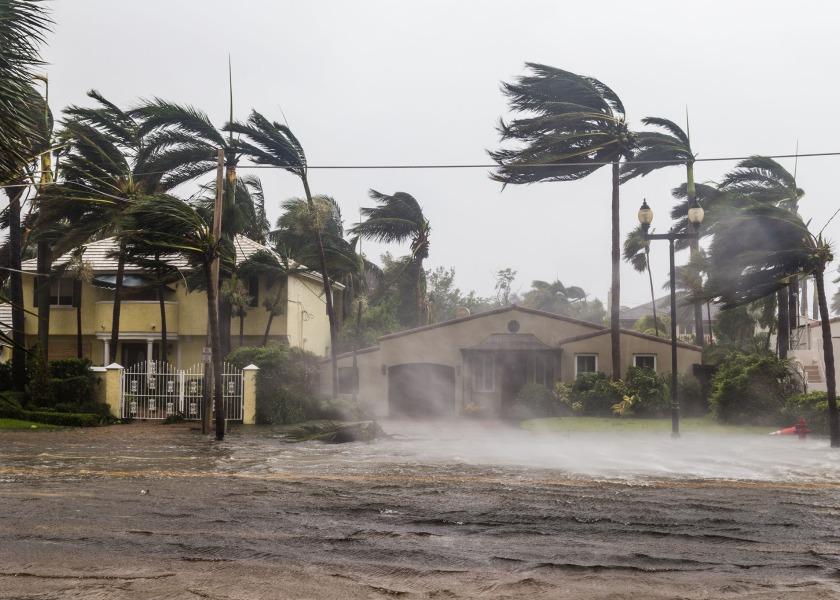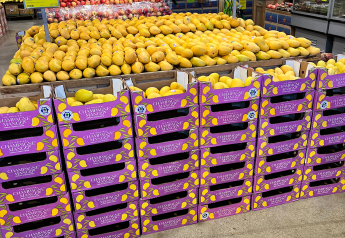University of Florida tallies the state’s agriculture losses from hurricane at over $1 billion

After devastating severe weather catastrophes, communities and business typically roll up their sleeves and begin the hard work of surveying the wreckage and rebuilding what was lost.
Despite evaluating the losses firsthand with boots on the ground, tallying the sheer extent of monetary damages can still cause sticker shock. Exhibit A: After months of research and analysis, University of Florida economists have recently estimated agricultural losses due to Hurricane Ian at $1.03 billion.
The university's Institute of Food and Agricultural Sciences' Economic Impact Analysis Program published its survey of the damage in a comprehensive report, “Estimated Agricultural Losses Resulting from Hurricane Ian.” The grand total figures represent an estimate of the total value of seasonal crops, livestock, nursery and aquaculture products that will not be harvested or marketed because of the hurricane, according to the report.
The Category 4 storm made landfall on Sept. 28, 2022, bringing damaging winds and floods to millions of acres of agricultural lands as it swept across the Florida peninsula.
Related news: Florida’s orange estimate lowered again
A portion of the $1.03 billion in estimated losses could be offset by insurance or other risk management tools available to producers, Christa Court, director of the EIAP and an assistant professor in the UF/IFAS food and resources economics department, said in a news release.
“If a grower was expecting to harvest $10 million in crops this year and the storm destroyed $6 million worth, we report a $6 million loss. That farmer might recoup some of that through insurance, but we don’t have a good way of accounting for that in our estimates,” Court said.
The $1.03 billion in final estimated losses breaks down into commodity groups, with citrus facing the greatest losses:
-
Citrus: $247.1 million.
-
Vegetables and melons: $204.6 million.
-
Greenhouse and nursery: $195.4 million.
-
Non-citrus fruit: $137.7 million.
-
Field and row crops: $130.2 million.
-
Livestock and animal products: $119.8 million.
The five counties with the greatest agricultural losses include:
-
Manatee: $126.4 million.
-
Hillsborough: $104.4 million.
-
Palm Beach: $88.8 million.
-
Hardee: $72.5 million.
-
Hendry: $72.0 million.
Cumulative weather damage
While the report presents a clearer picture of Hurricane Ian’s impacts to Florida agriculture, it does not include costs associated with asset damages or production losses that might occur in future seasons, Court said.
Hurricane Ian’s impacts to Florida agriculture have been further compounded by Hurricane Nicole and hard freezes that occurred in January 2022 and December 2022, Court added.
“The same areas affected by Ian were hit, in some cases, by multiple weather events that each would have affected the agricultural yield on their own in an ordinary year,” Court said. “Our survey only covered damages and losses from Hurricane Ian, so this report is not a view of the total impact to agricultural production of all 2022 events that have impacted the sector.”
To evaluate agricultural loss estimates, the EIAP uses multiple layers of data gathered from multiple sources. The complex process includes overlaying the storm’s path, windspeeds, rainfall and flooding with the acreage, value and seasonality of the agricultural commodities grown or raised in the counties affected by the storm, said the release.
This overlay is combined with information about how the event affected those commodities. Finally, economists refine their estimates using survey responses submitted by agricultural producers and Florida Cooperative Extension faculty.







